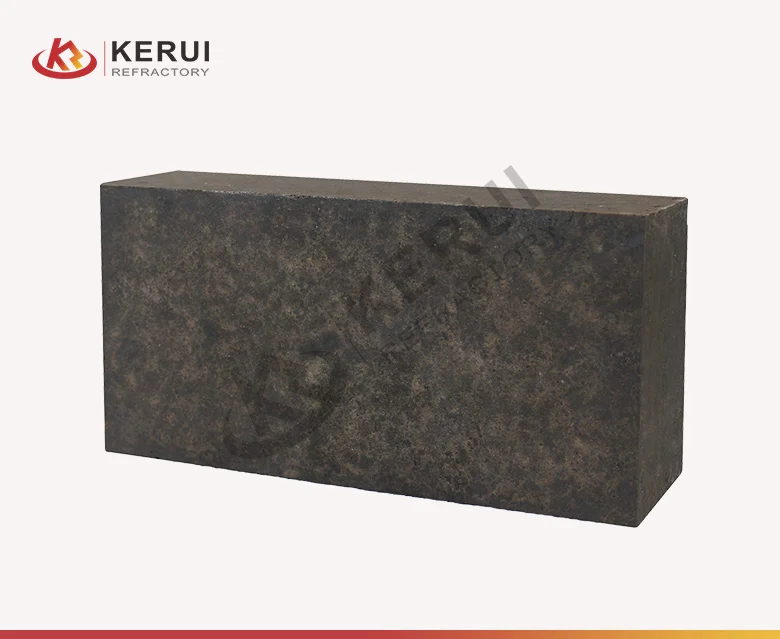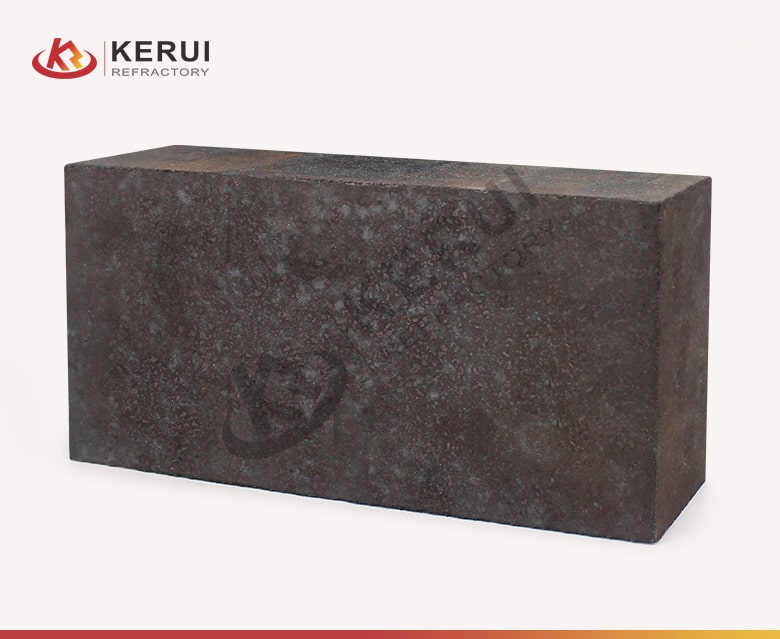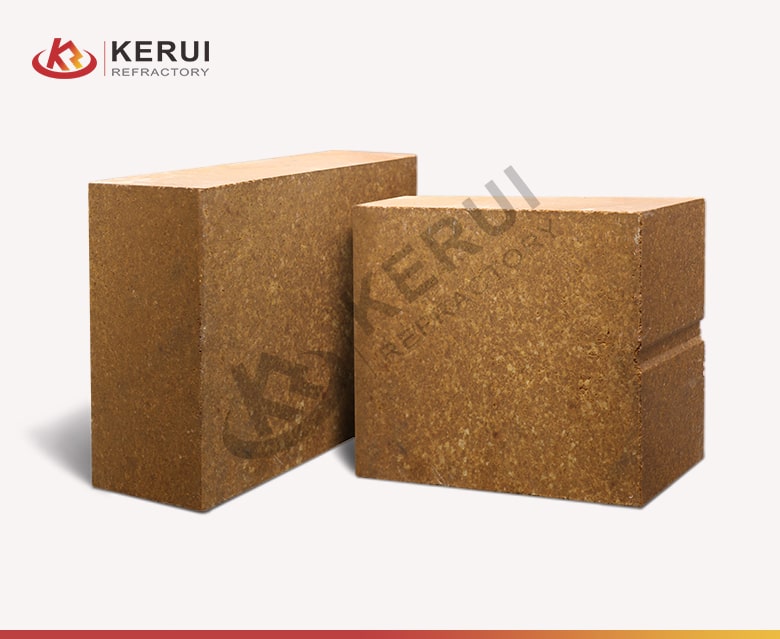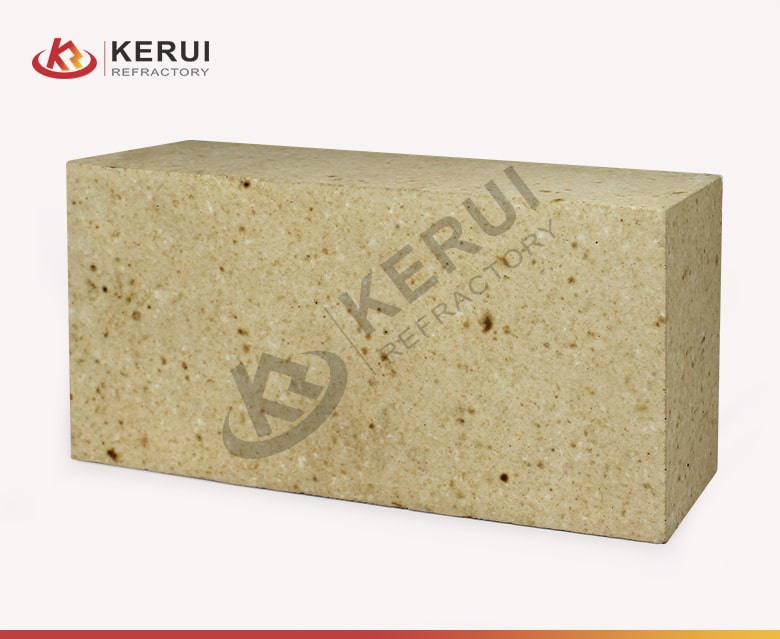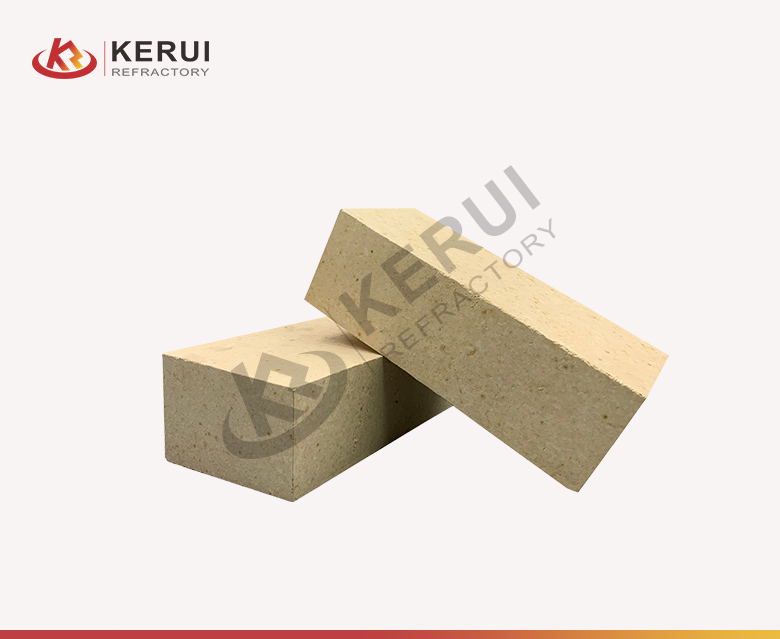As the market’s requirements for cement production efficiency and quality increase, it is extremely important to select refractory bricks for cement kilns. Because this means that the operation speed of cement kilns will continue to accelerate, and the operating temperature of the kiln will also continue to increase. When running this project, you are better off choosing refractory bricks that will last longer.
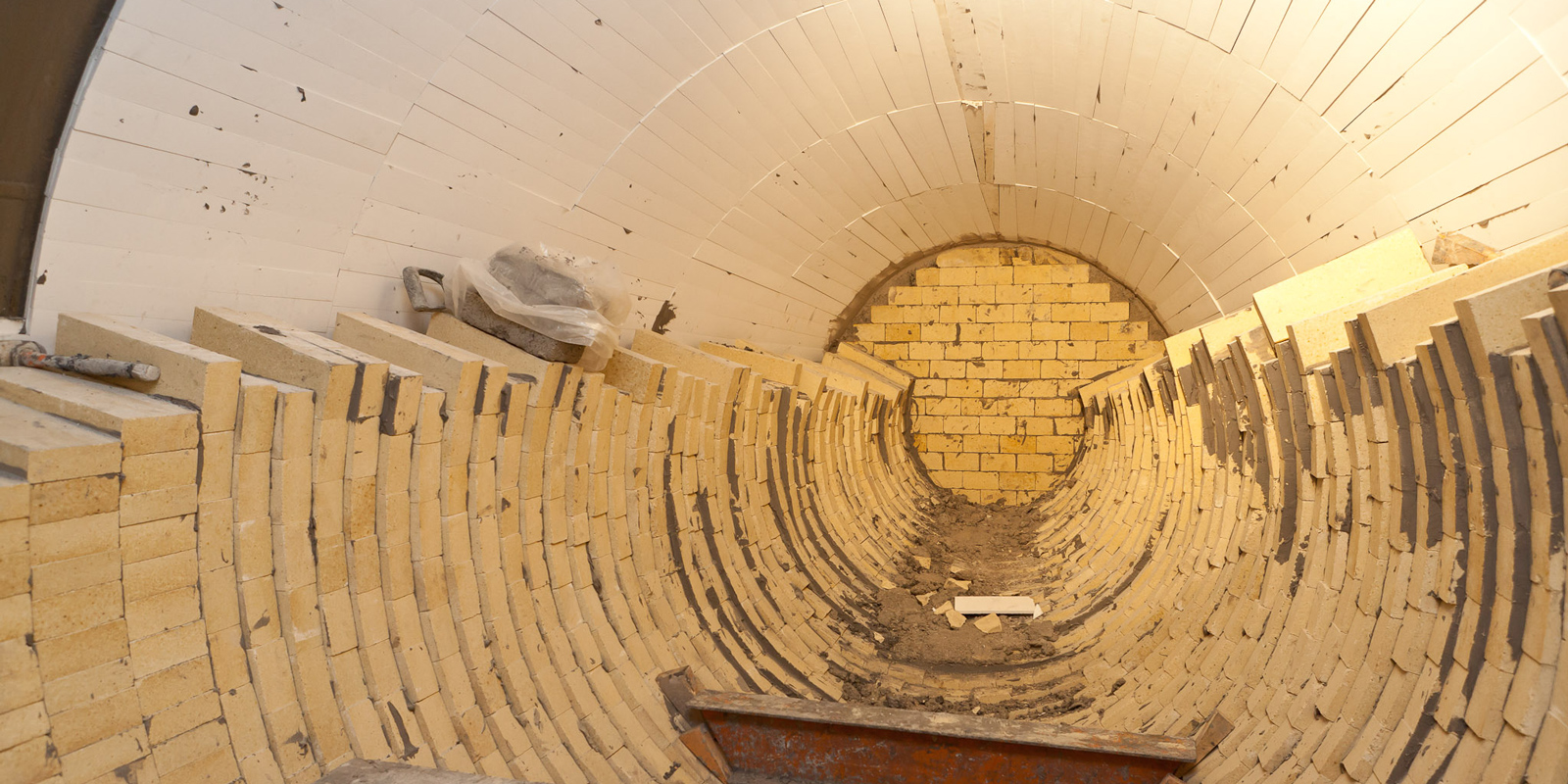
Main Kinds of Refractory Bricks for Cement Kiln
Main Reasons That Cause Corrosion to Refractory Bricks
The alkali salt compounds in the cement kiln will penetrate into the refractory bricks and form a horizontal penetration layer inside the refractory bricks. The formation of this chemical is inconsistent with the performance of the original refractory bricks. Therefore, it is easy to fall off when faced with high temperature impact. You can observe the operating conditions inside the kiln in time. Generally speaking, the color changes of the layered refractory bricks are more obvious. When selecting refractory bricks, attention should be paid to low porosity and impurities.
As the oxidizing atmosphere and reducing atmosphere inside the cement kiln fluctuate, volume changes and structural spalling will occur as a whole. Refractory bricks containing iron elements are greatly affected. Because when this product faces reduction reaction, the working surface will turn white or the non-working surface will turn black. This in turn causes the brick structure to burst. Customers can contact the supplier to adjust the proportion of iron elements in the refractory bricks to effectively solve the damage caused by oxidation and reduction.
During the operation of the cement kiln, hydration cracks may also occur. The specific manifestation is that the surface of the refractory bricks will turn white and if the degree of hydration is large, it may also appear spider web-like fragmentation. The main reason for this factor is that MgO reacts with H2O in the air to form Mg(OH)2, and the increase in volume causes cracking of the firebrick. In order to prevent hydration cracks of refractory bricks, when storing refractory bricks, they must be stored dry indoors.
Cement kilns bear comprehensive pressure during operation. Because the cylinder is elliptical and extrusion and twisting will occur between the high temperature refractory bricks. In addition, the cement kiln also experiences strong thermal shock during operation, which will inevitably lead to bending and deformation of the cylinder. Therefore, when customers choose refractory bricks, it is best to choose ones with lower porosity and expansion coefficient.
Conclusion
Kerui offers a basic guide about how to choose refractory bricks for cement kiln. For customers who operate high temperature cement kiln, welcome to select suitable refractory bricks as well as other refractory and insulation materials from Kerui Refractory company. We’re confident to provide high quality products and perfect solution!

